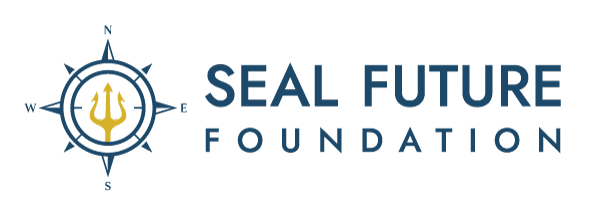[1] Verdin, E. (2015). NAD⁺ in aging, metabolism, and neurodegeneration. Science, 350(6265), 1208-1213.
[2] Garten, A., Schuster, S., Penke, M., Gorski, T., de Giorgis, T., Kiess, W., & Ziegler, M. (2015). Physiological and pathophysiological roles of NAMPT and NAD metabolism. Nature Reviews Endocrinology, 11(9), 535-546.
[3] Hamity MV, White SR, Walder RY, Schmidt MS, Brenner C, Hammond DL. Nicotinamide riboside, a form of vitamin B3 and NAD+ precursor, relieves the nociceptive and aversive dimensions of paclitaxel-induced peripheral neuropathy in female rats. Pain. 2017;158(5):962-972.
[4] Okuma Y, Liu Y, Hijikuro I, Jeevithan E, Takeda Y, Yasuda N. Evaluation of the effect of nicotinamide on streptozotocin-induced diabetic neuropathy and nociception in rats. Int J Mol Med. 2017;39(1):214-222.
[5] Trammell SA, Schmidt MS, Weidemann BJ, et al. Nicotinamide riboside is uniquely and orally bioavailable in mice and humans. Nat Commun. 2016;7:12948.
[6] Braidy N, Berg J, Clement J, et al. Role of Nicotinamide Adenine Dinucleotide and Related Precursors as Therapeutic Targets for Age-Related Degenerative Diseases: Rationale, Biochemistry, Pharmacokinetics, and Outcomes. Antioxid Redox Signal. 2019;30(2):251-294.
[7] Zhang H, Ryu D, Wu Y, et al. NAD⁺ repletion improves mitochondrial and stem cell function and enhances life span in mice. Science. 2016;352(6292):1436-1443.
[8] ClinicalTrials.gov [Internet]. Bethesda (MD): National Library of Medicine (US). 2000 Feb 29 -. Identifier NCT01228357, NAD+ Therapy for Fibromyalgia; 2010 Nov 1 [cited 2024 Feb 17]. Available from: https://clinicaltrials.gov/ct2/show/NCT01228357
